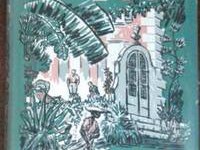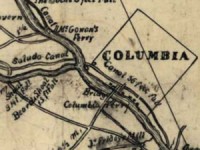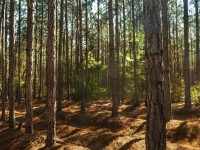REVIEW: Mr. Mercedes
Fans of the TV shows Criminal Minds and C.S.I. will thoroughly enjoy Mr. Mercedes. This is the first hard-boiled detective novel written by Stephen King, the renowned author of the horror genre. King sets his novel in present day with flashbacks to the recession and a single event: the day a Mercedes sedan plows into a line of unemployed people waiting to get into a job fair.











 We Can Do Better, South Carolina!
We Can Do Better, South Carolina!

























Recent Comments